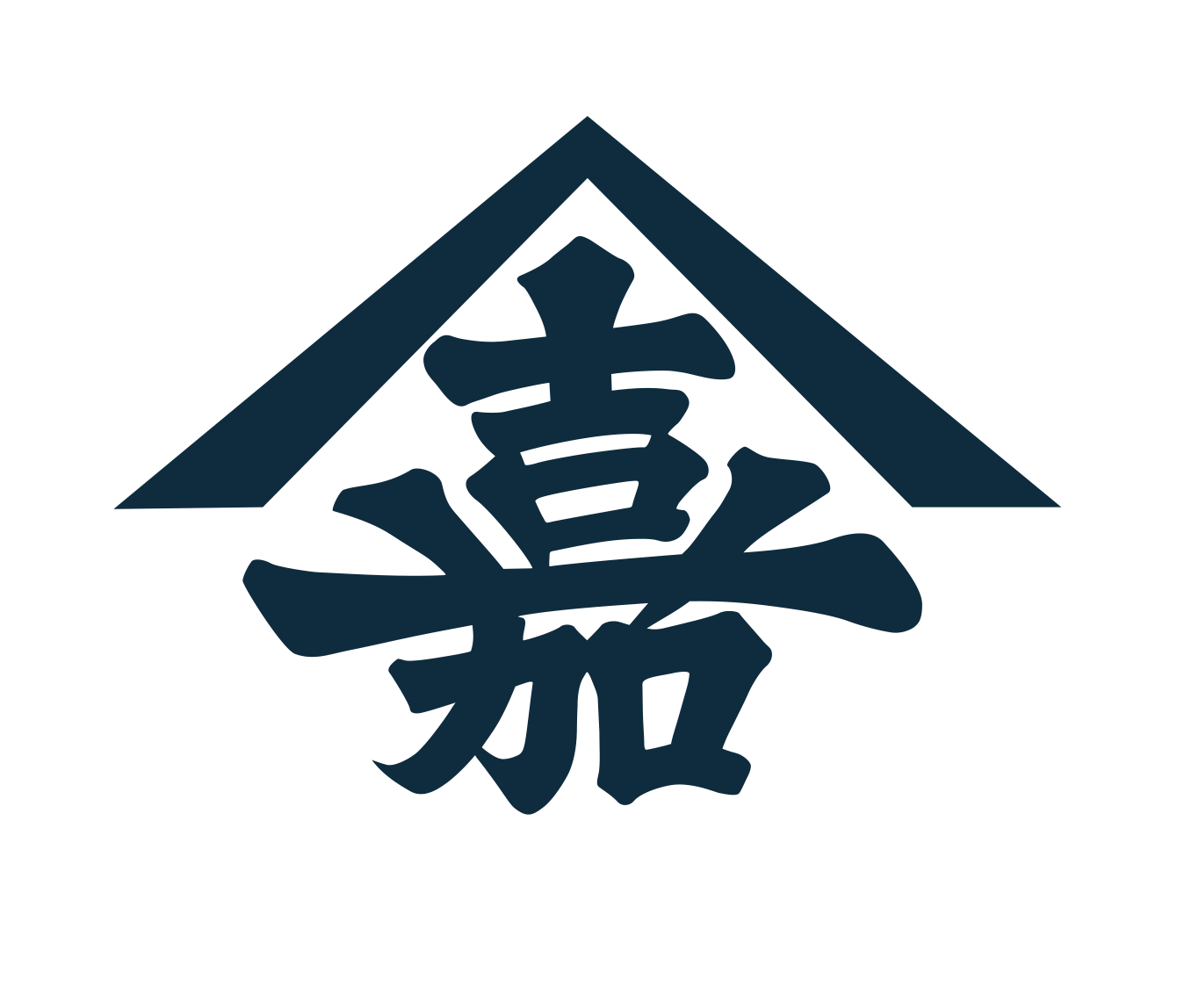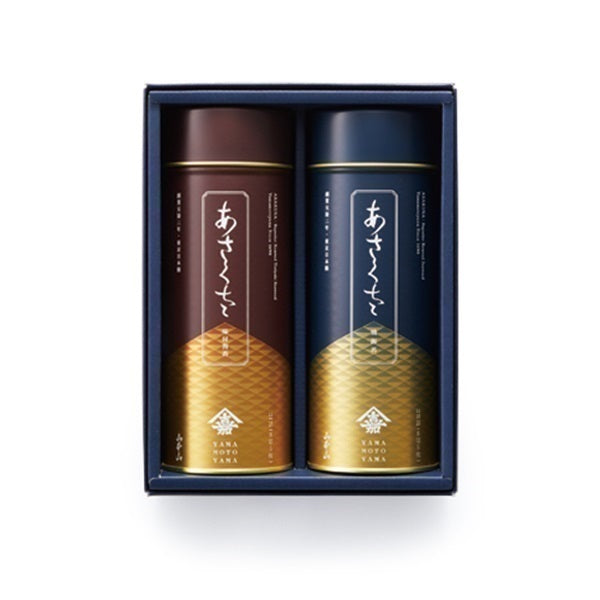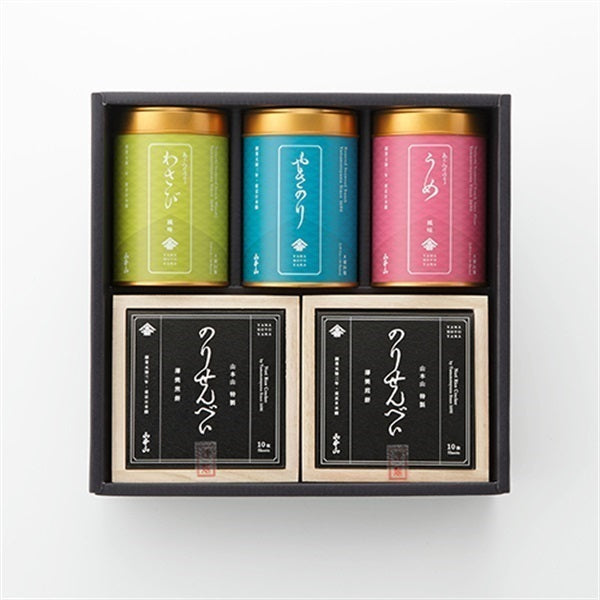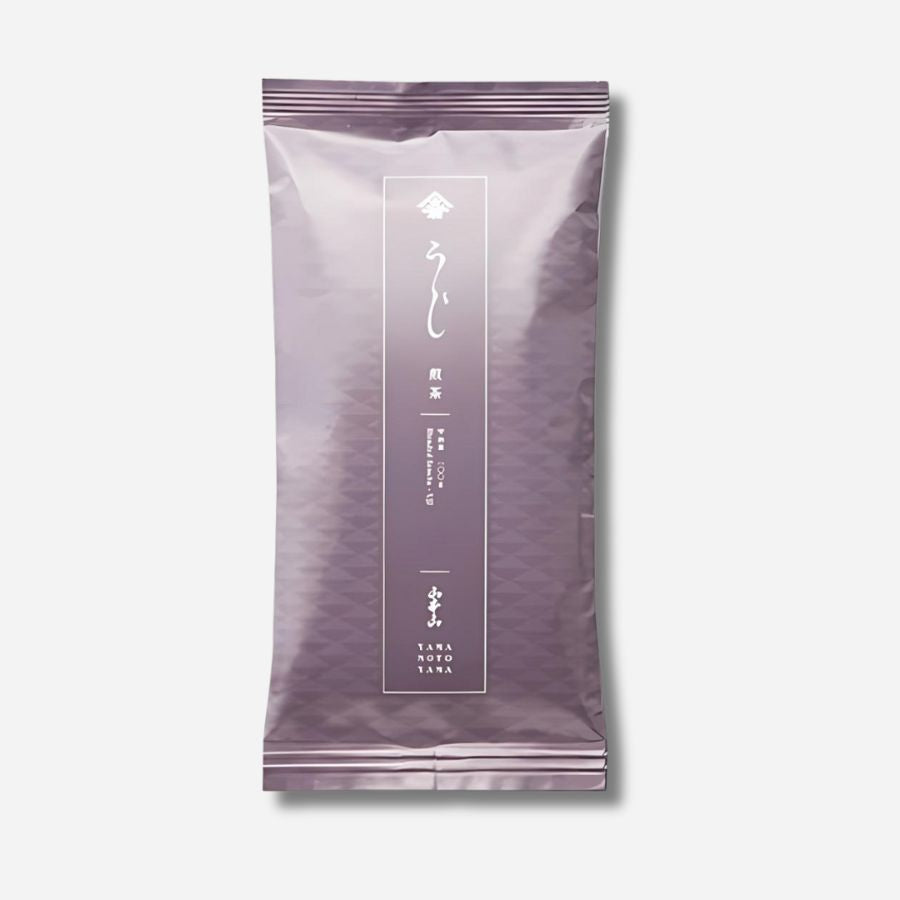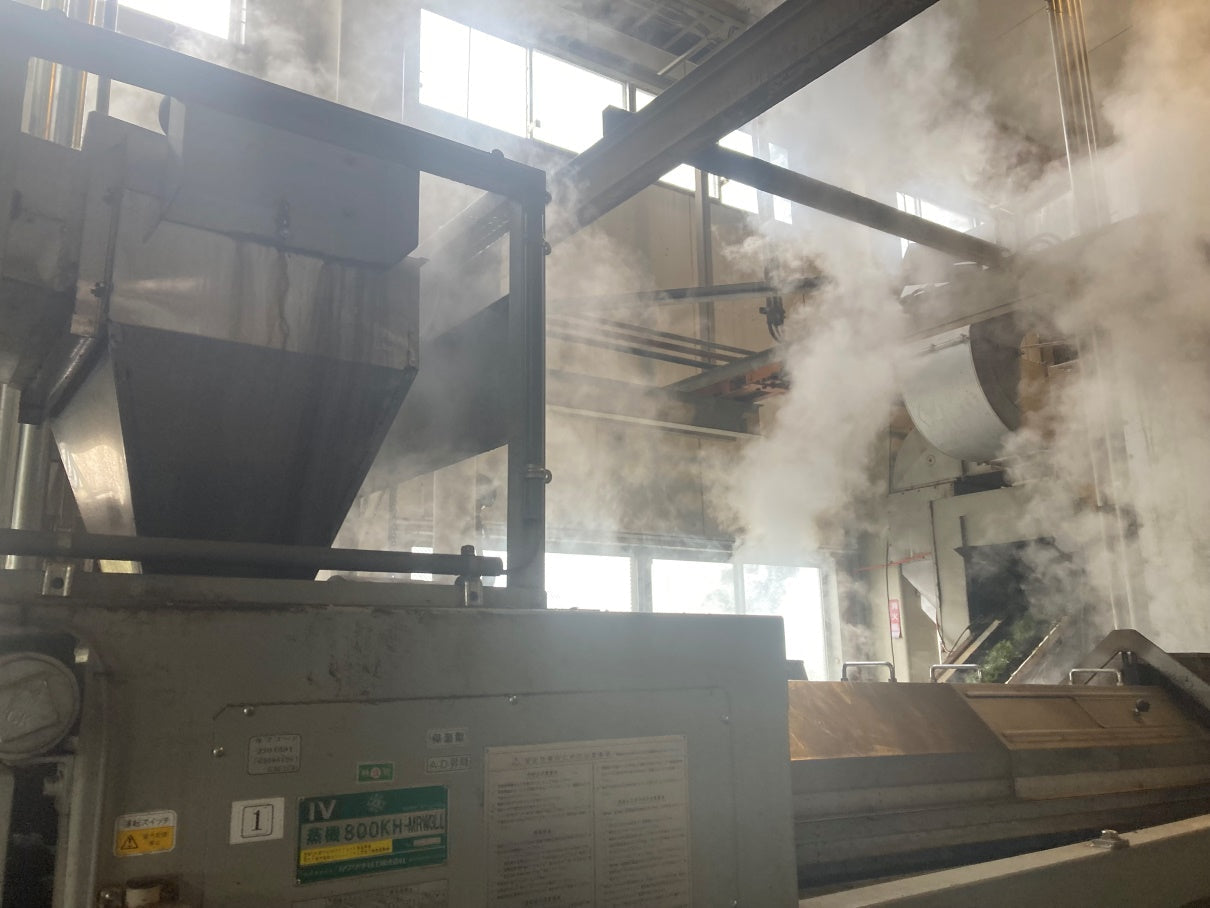
Visiting Uji, the tea-producing region - A carpet of green! The spirit of Soen and the finest tea plantations
Introduction
Uji City in Kyoto Prefecture, where the atmosphere of an ancient capital still remains strong, is renowned both at home and abroad as one of Japan's leading tea producing regions.
Uji tea, which has been cultivated for over a thousand years, has captivated many people with its rich aroma and deep flavor.

It was late April, just before the new buds were picked.
I visited Uji to delve deeper into the charm of this place, where history and tradition live on. I went to two places where I could experience the essence of Uji tea.
One is the birthplace of Nagatani Souen, a great man who built the foundation of Uji tea, and the other is the breathtakingly beautiful tea plantation where the finest Gyokuro tea is grown.
As we visit these places, we would like to delve deeper into the deep history of Uji tea, its production methods, and the passion that people put into each cup of tea.

Tea cultivation began in Obukudani
Ujitawara-cho is the main production area of Uji tea. It is said that the cultivation method was brought to this area by a disciple of Myoe Shonin, who is also famous for restoring Kozan-ji Temple in Kyoto's Rakusai area during the Kamakura period.
The first tea trees were planted deep in the Daifuku Valley, a valley at the foot of the sacred mountain, Mount Juho.
The surrounding trees provided just the right amount of protection from wind and sunlight, and there was no frost, making it an ideal environment for tea cultivation. As a result, tea from Obukudani gained a reputation and was reportedly presented to the shogunate and the Imperial Court.

A visit to the birthplace of Nagatani Soen - the innovator of Uji tea
When talking about the history of Uji tea, one person who cannot be left out is Nagatani Soen, the father of Japanese green tea.
Nagatani Soen, born in Ujitawara, Kyoto in the mid-Edo period as the son of a family that had been farming tea for generations, is known as the person who established the manufacturing method of sencha tea.
Green tea is a commonly consumed drink today, but it was during the Edo period that it first became popular among the general public.
Until then, the "green tea" that was mainstream was simply made by heating the leaves without distinguishing between new and old buds; it was a brown tea with a completely different taste and flavor from that of today.

Soen spent 15 years researching tea-making methods, and in 1738 (Genbun 3), he finally invented the "Uji method (Aosei Sencha method)," in which steamed tea leaves are rolled and dried. This produces green tea with excellent color, taste, and aroma.
This led to the widespread popularity of easy-to-drink sencha, bringing about a major change in Japanese tea culture.

New Sencha Tea for Edo: An Encounter with Kahei Yamamoto
Nagatani Soen visited Edo with the sencha tea he had painstakingly perfected, in search of a market.
However, because it was so different from the brown infused tea that was common at the time, many tea merchants were confused by its novel taste and refused to buy it.
After being turned away many times, he finally arrived at Yamamotoya (now Yamamotoyama), a tea merchant in Nihonbashi.

When the head of the family, Kahei Yamamoto, tasted a sip of the sencha brewed by Soen, he was so impressed by its refreshing aroma and deep flavor that he immediately decided to buy it and even promised to purchase the tea for the following year.
This bold decision by Kahei Yamamoto was a major catalyst in spreading Sencha throughout Edo and the rest of Japan. As a testament to his achievement, the tea fields of Uji were once affectionately and respectfully called "Kahei Fields."

When you visit Soen's birthplace, you can sense the passion that revolutionized Japanese tea culture still lingers in its quiet and calm atmosphere.
The simple thatched roof building conveys the simple lifestyle of Soen during the Edo period, when he lived, and the greenery of the garden quietly tells of the time he must have spent sincerely engaging with tea leaves.


At his birthplace, there are documents related to the Sencha tea production method that Soen is said to have invented, as well as traces of a roasting furnace that was used for tea production at the time.
The tea utensils he used are on display, and each one gives a glimpse into the path he took as he pursued ever-more delicious tea over his 15 years of trial and error.

Soen is said to have said, "Tea is an elixir for health." These words reflect his deep belief that tea was not just a luxury item, but something that could support people's health.
Soen's innovative spirit and sincere feelings towards tea have been passed down to modern Uji tea artisans and continue to drive the production of high-quality Uji tea.

In search of the finest taste - Visiting Gyokuro tea farms
Next, I headed to the tea plantations where Gyokuro is grown.
As you travel deeper into the mountain roads, enveloped in the deep, quiet greenery of Uji, the scenery changes completely. A green canopy stretches out as far as the eye can see, like an otherworldly world, and vast tea fields are carefully covered with black sheets and straw.
This unique, almost secretive sight is the very essence of Gyokuro cultivation, and is the unique cultivation method known as "cover cultivation."

The most important purpose of cover cultivation is to completely block sunlight from reaching the tea leaves for the important period before harvest, approximately 20 days.
By restricting light, the tea leaves grow more slowly and accumulate more nutrients, significantly changing the composition of their internal components.
The production of catechin, a bitter compound that normally increases when exposed to sunlight, is suppressed, and instead amino acids, especially theanine, which are the source of sweetness and deep umami, are richly concentrated.

Beneath the thick cover, it is a gloomy place that blocks out the light of the outside world. You can feel the silence, isolated from the hustle and bustle of the outside world, and the soft, moist air. The tea leaves there grow quietly but powerfully, like a treasure that is carefully guarded.
Unlike the strong green color seen in regular outdoor-grown tea leaves, the covered tea leaves have a softer color, almost yellow-green, as they seek out light. This delicate coloring also shows the time and effort that went into their cultivation.

"By covering the tea leaves, they are not subjected to excessive stress and are able to slowly store up plenty of nutrients," explains Okawa, who has been running this tea plantation for generations.
The timing of covering, the proportion of light blocking, and even the type of material used for the cover are all determined by the eyes of a skilled tea master, backed by years of experience.
In order to cultivate high-quality gyokuro, careful daily care such as soil management, pruning, and pest control is essential.
As if listening to the voice of the tea leaves, the climate of the year and the subtle growth of each individual leaf are closely monitored, and precise adjustments are made.

The type of fertilizer, the timing of application, the time of picking the tea leaves... it's a delicate world where even the slightest differences can greatly affect the flavor of the tea leaves.
That is why they are extremely particular about the fertilizer they use. It seems that the taste of the tea leaves changes greatly depending on the type of fertilizer used.
On Okawa's farm, he uses a variety of organic fertilizers, such as beef meal, oil cake, fish meal, and citrus fruit, as well as valuable hoof horns, and other unique methods backed by his many years of experience.

The reason why Gyokuro is called a "work of art" is because of the time-consuming and meticulous cultivation method that produces an unparalleled, deep, mellow flavor.
By deliberately blocking out sunlight, a paradoxical method that seems to go against the laws of nature, the power of the tea leaves is maximized, resulting in a delicious, flavorful drop.
This process requires the many years of experience and refined techniques of the tea farmers, and above all, an insatiable desire to pursue the finest flavors.
The Gyokuro tea leaves that grow quietly but steadily beneath the black covering are truly delicate and profound works of art woven by nature and human hands.

Thoughts on the future of Uji tea
Through this visit to Uji, I was reminded once again of the unparalleled appeal of Uji tea and its great potential for the future.
The innovative spirit created by Nagatani Souen has been passed down through the ages to tea farmers and artisans today, and continues to burn as a passion in the pursuit of the finest flavors.
I witnessed the painstakingly cultivated Gyokuro tea plantations, and the profound depth of tea-making that combines the cultivation techniques that have been cultivated for generations with the bounty of nature, and I was struck by the profound respect for nature and human skill that is infused into every single drop.

While there are challenges such as climate change and the aging of producers, we also got a glimpse of young tea farmers and artisans, including Mr. Okawa, who are enthusiastic about trying new cultivation methods and developing products while preserving traditions.
Each Ichiyo Ichiyo tea grown in this region is more than just a luxury item; it is a concentrated expression of the long history, profound culture, and warm feelings of the people who love and nurture tea.
We believe that its rich aroma and delicious flavor will continue to soothe the hearts of many people and enrich their lives.
